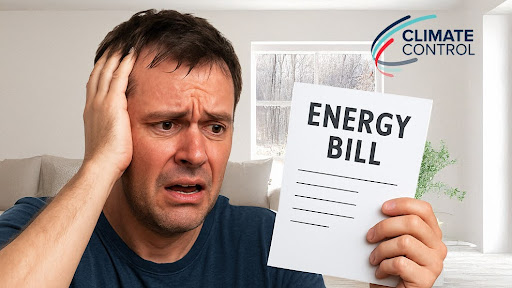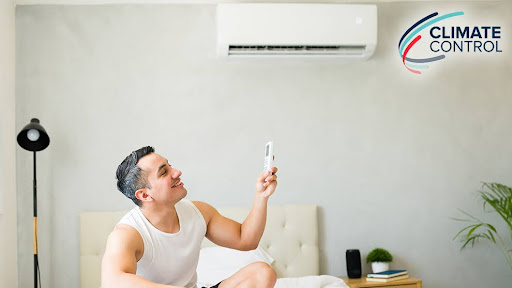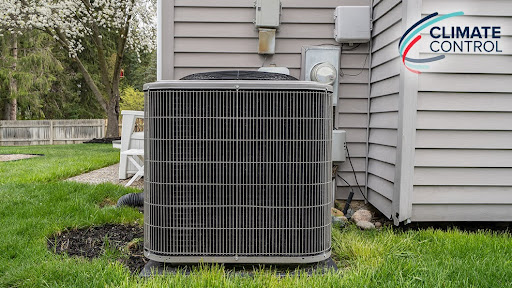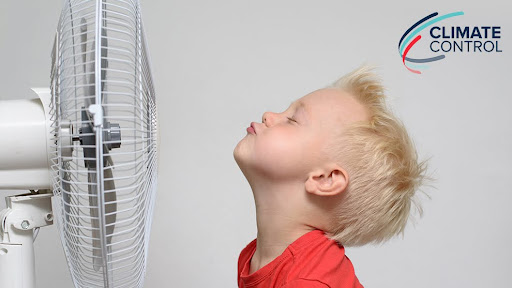To make sure your home is toasty through the winter season, here are our best tips for maximizing your furnace’s efficiency.
- Make Sure Your Furnace is Venting Correctly: First and foremost, make sure your furnace is venting correctly. A furnace that is not venting correctly will likely give you and all other occupants carbon monoxide poisoning, which can lead to medical problems and death. You can either have a furnace service take a look at your furnace, or install a carbon monoxide monitor in your home. For best practice, have a furnace service inspect your home and recommend the best locations for a carbon monoxide monitor.
- Utilize a Programmable Thermostat: A programmable thermostat will help lower your energy bills greatly. For most households, it is completely unnecessary to have the same temperature maintained the entire day. While a home’s occupants are at work, school, or asleep, a furnace can be lowered and then raised when occupants return.
- Keep Areas Around Heating Vents Clear: Even if you have a top-of-the-line furnace, if your heating vents are blocked you are losing a lot of the furnace’s benefits. Couches, tables, curtains, chairs, and ottomans placed near or in the way of heating vents stop the warmth from circulating throughout the home, causing the furnace to work harder for the same level of comfort as an unhindered furnace.
- Have a Furnace Less Than 20 Years Old: Furnaces over 20 years old function with significantly less efficiency than their younger counterparts. Not only is this due to degrading quality of components over time, but also due to advancements in modern furnace technology. Attempting to have heater repair on a unit that is that old will typically run you costs and times that is greater than it would take to just replace the unit entirely.






